The AttentionQKV layer implemented by Trax is as the following: AttentionQKV
def AttentionQKV(d_feature, n_heads=1, dropout=0.0, mode='train'):
"""Returns a layer that maps (q, k, v, mask) to (activations, mask).
See `Attention` above for further context/details.
Args:
d_feature: Depth/dimensionality of feature embedding.
n_heads: Number of attention heads.
dropout: Probababilistic rate for internal dropout applied to attention
activations (based on query-key pairs) before dotting them with values.
mode: One of `'train'`, `'eval'`, or `'predict'`.
"""
return cb.Serial(
cb.Parallel(
core.Dense(d_feature),
core.Dense(d_feature),
core.Dense(d_feature),
),
PureAttention( # pylint: disable=no-value-for-parameter
n_heads=n_heads, dropout=dropout, mode=mode),
core.Dense(d_feature),
)
In particular, what is the purpose of the three parallel dense layers? The input to this layer is q, k, v, mask. Why the q, k, v are put through a dense layer?
